Plant native!
Habitat Loss = Biodiversity Loss
North America finds itself in an unprecedented biodiversity loss crisis – our continent has lost ¼ of its bird populations over the last 50 years.
The biggest drivers of this crisis, especially here in Southern California, have been habitat loss and declines in the populations of the insects on which birds depend. As a result, we’ve seen dramatic declines in even some of our most widespread and common resident and migratory birds. Concerningly, the 2019 Audubon Climate Report projects that these declines will intensify under climate change, threatening even our most familiar species.
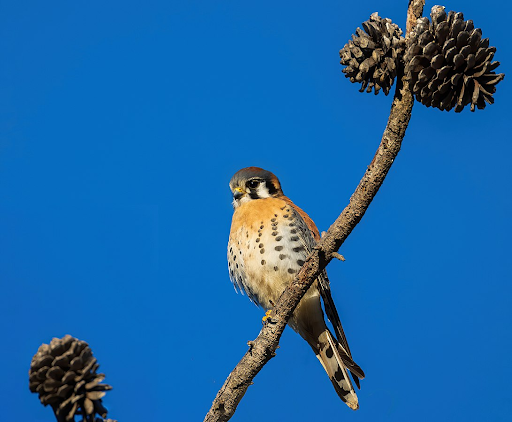
Steve Colwell
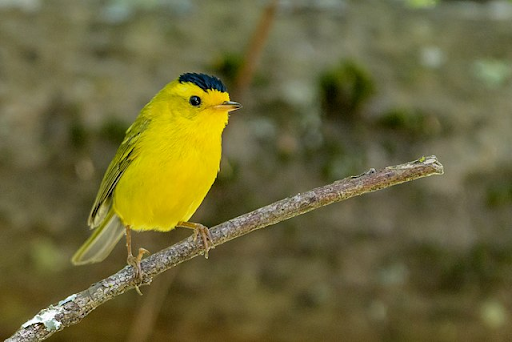
Becky Matsubara
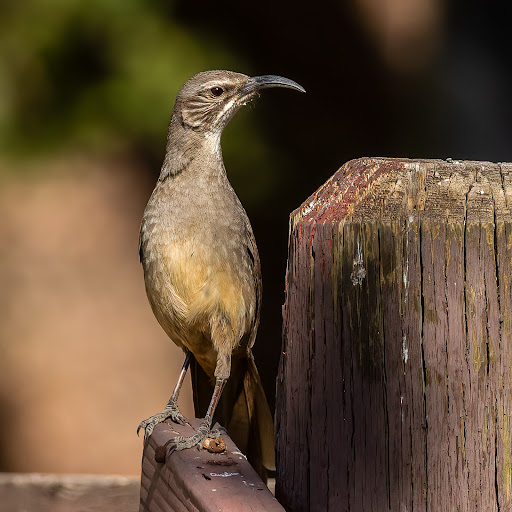
Ashwin Sivakumar
Caption: These three species–American Kestrel, Wilson’s Warbler, and California Thrasher–were all common in Southern California and widespread across the continent but have undergone massive declines over the past 50 years, both locally and globally.
What can we do? We can reverse this biodiversity crisis by restoring habitat and insect populations through native planting!
Why native?
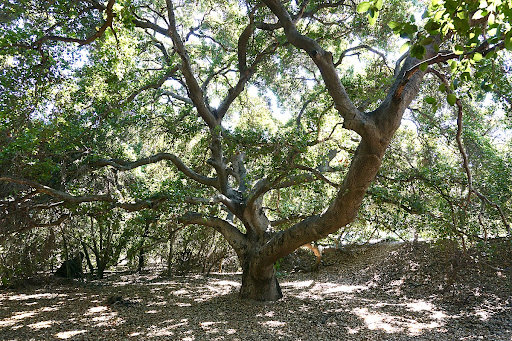
Caption: Massive Coast Live Oaks, a keystone species that supports hundreds of local organisms, once formed the bulk of the canopy of the wooded groves that once covered portions of modern-day Pasadena. We can help restore biodiversity in our city by restoring these trees! Photo credit: ArtemesiaTridentat (Wikimedia Commons)
Hosts for insects
Our native insects have evolved to rely on very particular plant species native to Southern California. For example, the Coast Live Oak, our most common native tree, is the host for over 300 specialized insect species! These insects cannot survive without native plants, and most of our birds cannot survive without the native insects to eat. While the City of Pasadena has a beautiful urban forest, many of the trees are exotic ornamental species that do not support local ecosystems. By planting native plants, we can restore the habitat and provide the food that our birds need to recover and thrive.
Conserve water
California currently faces the most extreme water crisis in 1,200 years. This drought is putting our most treasured and biodiverse ecosystems - riparian forests, freshwater marshes, vernal pools - at risk of disappearing entirely from our vicinity.
Given that our city uses much of its water for irrigation and landscaping, the most effective and simple way to do this will be by committing to using native plants in residential spaces.
Most of our non-native ornamentals have never faced conditions like this before. On the other hand, our native plants have evolved to thrive in the natural low-water conditions and periodic droughts of Southern California. This means that, on average, established California native plants use 1/7 the water that non-native plants do!
Planting native is the responsible thing to do for our imperiled water resources and the birds that depend on them. We believe in planting for the planet and all the creatures we share it with!

Caption: Pasadena Audubon’s native garden at Washington Elementary School - a snapshot of what’s possible with native gardening. Both children and birds love this Native Habitat Garden!
Resources for native planting:
- Want to know more about the importance of native plants in birds’ survival and the entire ecosystem? Visit National Audubon Society’s FAQ on Native Plants and Trees.
- Be part of the collective effort of landowners of all kinds and all sizes by turning your land into a new HABITAT® by planting native plants and removing invasive plants. “In the past, we have asked one thing of our gardens: that they be pretty. Now they have to support life, sequester carbon, feed pollinators and manage water.”— Doug Tallamy. To register your habitat and to learn more, visit .
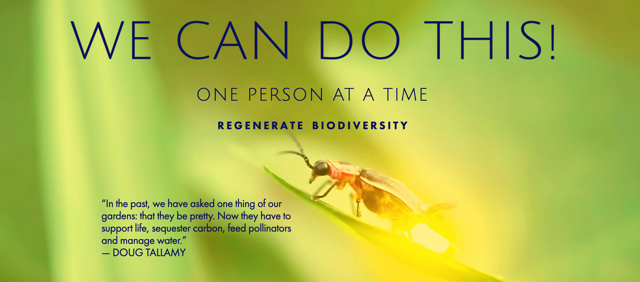
- Ready to explore native plant options for your land? CA Native Plant Society’s CalScape is a user-friendly, informative tool to help you find local native plants that fit your landscaping styles!
- Pasadena Audubon's Ashwin Sivakumar, the co-chair of the Advocacy Committee, has put together resources for people interested in plants for birds in the SGV area. Visit his website GoNative! for a downloadable brochure that suggests California native replacements for some commonly used non-natives.
Resources for Creating Bird-Friendly Communities:
Plant native!
Habitat Loss = Biodiversity Loss
North America finds itself in an unprecedented biodiversity loss crisis – our continent has lost ¼ of its bird populations over the last 50 years.
The biggest drivers of this crisis, especially here in Southern California, have been habitat loss and declines in the populations of the insects on which birds depend. As a result, we’ve seen dramatic declines in even some of our most widespread and common resident and migratory birds. Concerningly, the 2019 Audubon Climate Report projects that these declines will intensify under climate change, threatening even our most familiar species.
Steve Colwell
Becky Matsubara
Ashwin Sivakumar
Caption: These three species–American Kestrel, Wilson’s Warbler, and California Thrasher–were all common in Southern California and widespread across the continent but have undergone massive declines over the past 50 years, both locally and globally.
What can we do? We can reverse this biodiversity crisis by restoring habitat and insect populations through native planting!
Why native?
Caption: Massive Coast Live Oaks, a keystone species that supports hundreds of local organisms, once formed the bulk of the canopy of the wooded groves that once covered portions of modern-day Pasadena. We can help restore biodiversity in our city by restoring these trees! Photo credit: ArtemesiaTridentat (Wikimedia Commons)
Hosts for insects
Conserve water
Given that our city uses much of its water for irrigation and landscaping, the most effective and simple way to do this will be by committing to using native plants in residential spaces.
Most of our non-native ornamentals have never faced conditions like this before. On the other hand, our native plants have evolved to thrive in the natural low-water conditions and periodic droughts of Southern California. This means that, on average, established California native plants use 1/7 the water that non-native plants do!
Planting native is the responsible thing to do for our imperiled water resources and the birds that depend on them. We believe in planting for the planet and all the creatures we share it with!
Caption: Pasadena Audubon’s native garden at Washington Elementary School - a snapshot of what’s possible with native gardening. Both children and birds love this Native Habitat Garden!
Resources for native planting:
Resources for Creating Bird-Friendly Communities: